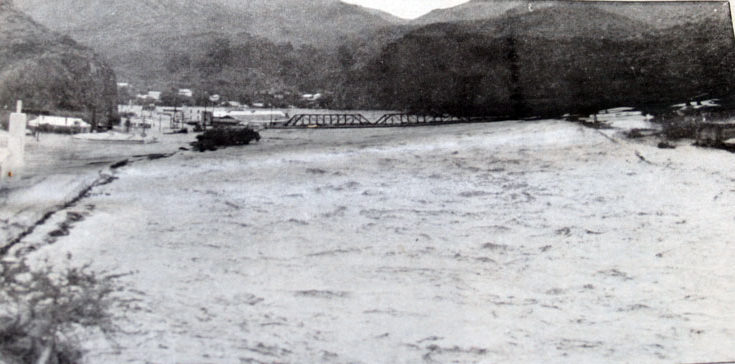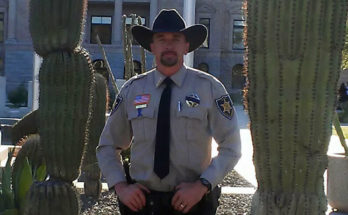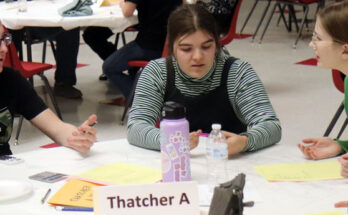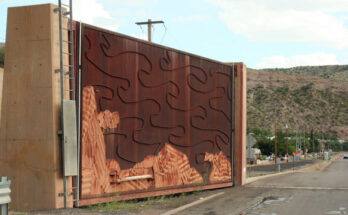Photo By Angel Frasquillo: A photograph of the San Francisco River shows it running at flood stage Oct. 1, 1983. The swollen river peaked at 90,000 cubic feet per second through this narrow canyon. Many homes and businesses were badly damaged or destroyed. Angel M. Frasquillo captured this scene on black and white film.
By Walt Mares
CLIFTON – Thirty-five years ago, on Oct. 1, 1983, the water of the San Francisco River sped through Clifton at 90,000 cubic feet per second, earning it the declaration from the United States Geological Survey as being one of the eight fastest running rivers in North America.
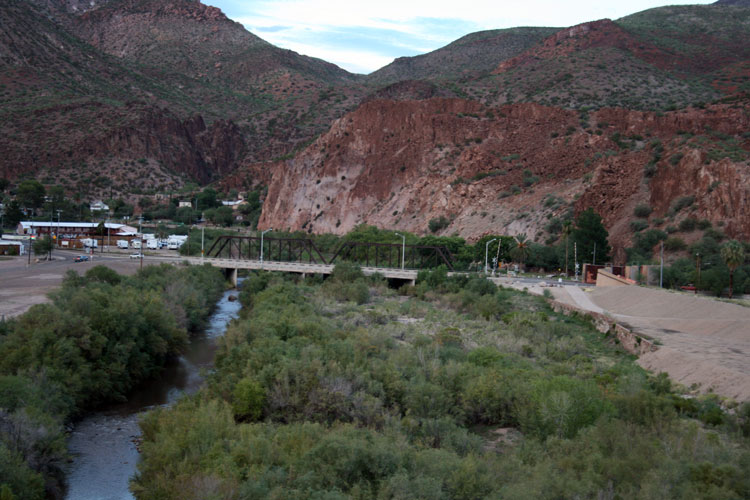
Through Saturday, Oct. 1, and Sunday, Oct. 2, the river rose but mostly remained in its bed as it rumbled through town, uprooting huge cottonwood trees and floating them downstream. However, it jumped one of its banks upstream at Patterson’s Addition and left debris and a heavily muddied dirt road. Paterson’s was abandoned after the flood as part of the federal and state flood recovery and relocation program.
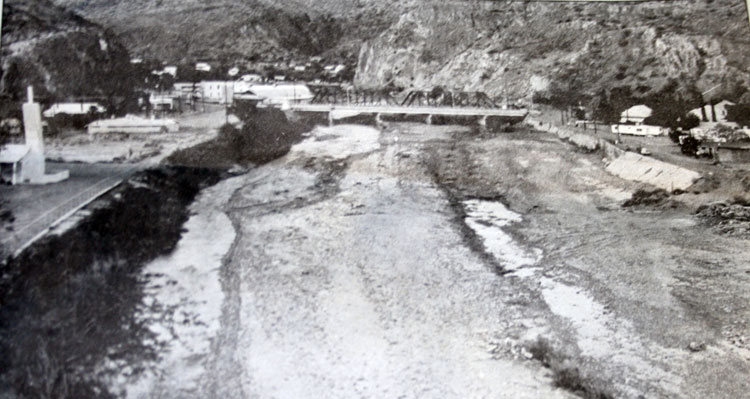
Many homes and businesses were badly damaged by what is now known as the “Great Flood.” It is said to have been the worst flooding of the area in modern times.
Another area, Okie Town, was flooded and abandoned after the event as well.

In the aftermath, Clifton preacher Bill Thompson wrote and recorded the song, “Clifton Will Rise Again”, detailing his thoughts on the event.
Thompson lived on Park Avenue, across from the Phelps Dodge guest house in Clifton’s eastern side. His home was located only a few feet above the road, which was inundated by flooding. Miraculously, Thompson’s home was untouched by floodwaters.
The waters reached the Coronado Bridge, and while the highway bridge held, huge logs and trees became jammed under the bridge, forming a dam and causing floodwaters to pour into south Clifton and damaging homes and businesses. It was the first time anyone could recall flooding in that part of town.
In 1994, floodgates were built and installed to prevent such a flood from occurring again.



